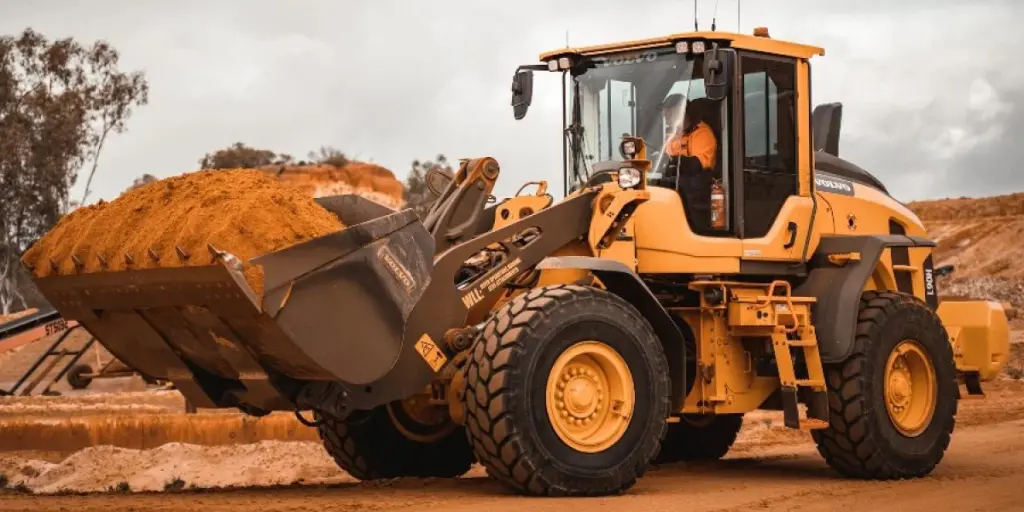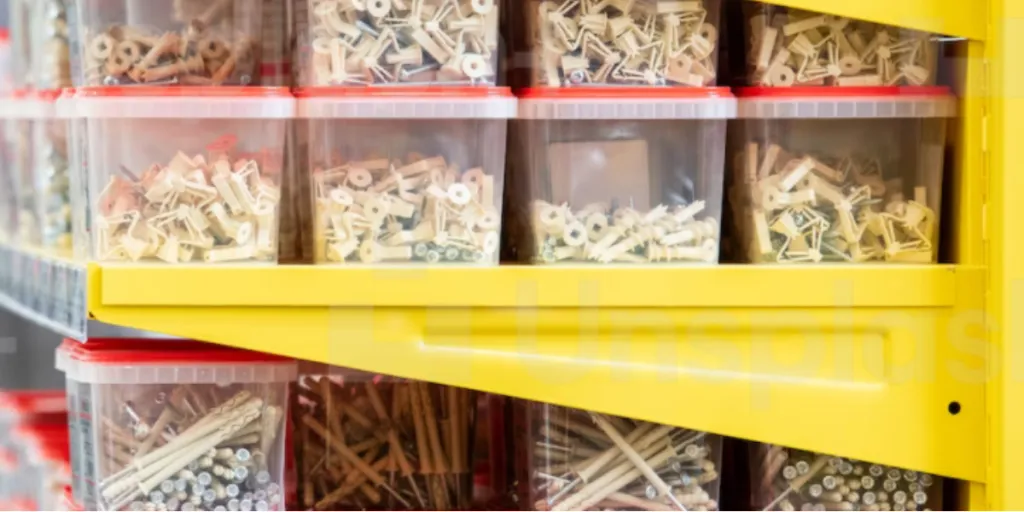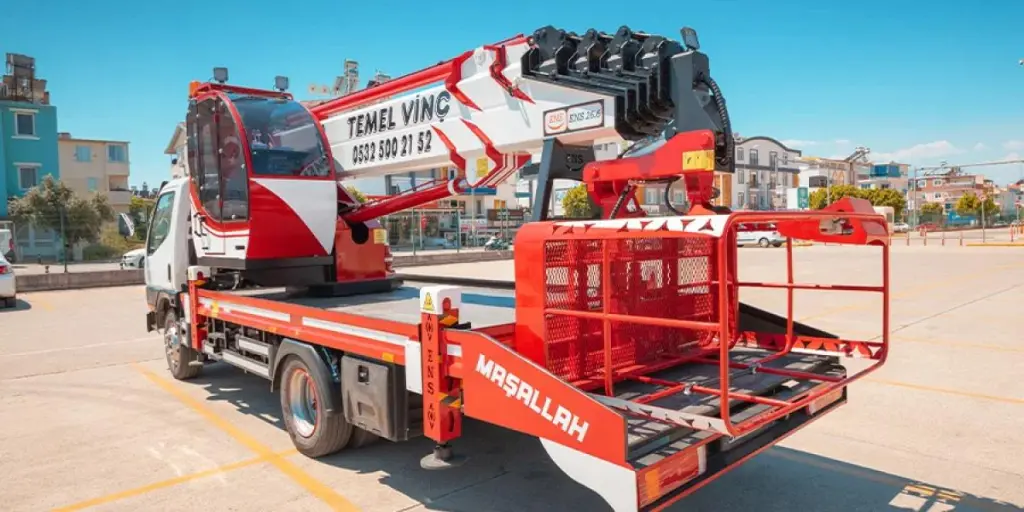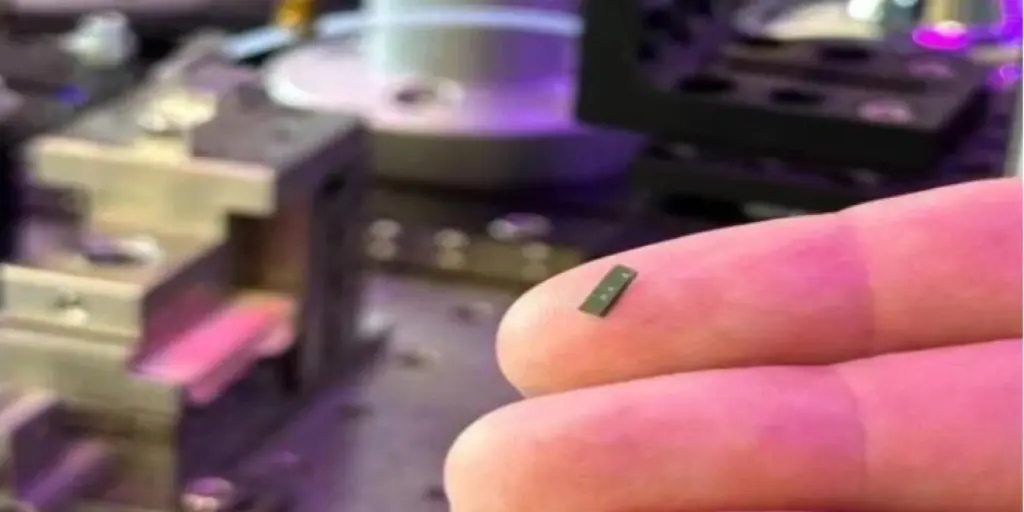Selecting the perfect vacuum packing machine can be tricky due to the numerous models available in the current market. Rather than purchasing a vacuum packing machine that may fail to meet your needs, it is important to get more information about the products and acquire some valuable tips on their selection.
Read this guide to learn how to choose suitable vacuum packing machines to meet your customer’s needs.
Table of Contents
The global market for vacuum packing machines
Types of vacuum packing machines
How to select the right vacuum packing machine
Conclusion
The global market for vacuum packing machines
Globally, the market for vacuum packing machines is currently valued at USD 11.94 billion. It is expected to grow at a compound annual growth rate (CAGR) of 4.7%. The changing climatic conditioning has created a demand for sterile and durable packaging, especially in the food industry.
Personal care products and pharmaceuticals industries are other industries creating demand for vacuum packing machines. North America is the biggest consumer of vacuum packing machines due to its large population base and disposable income.
Types of vacuum packing machines
Chamber vacuum sealers
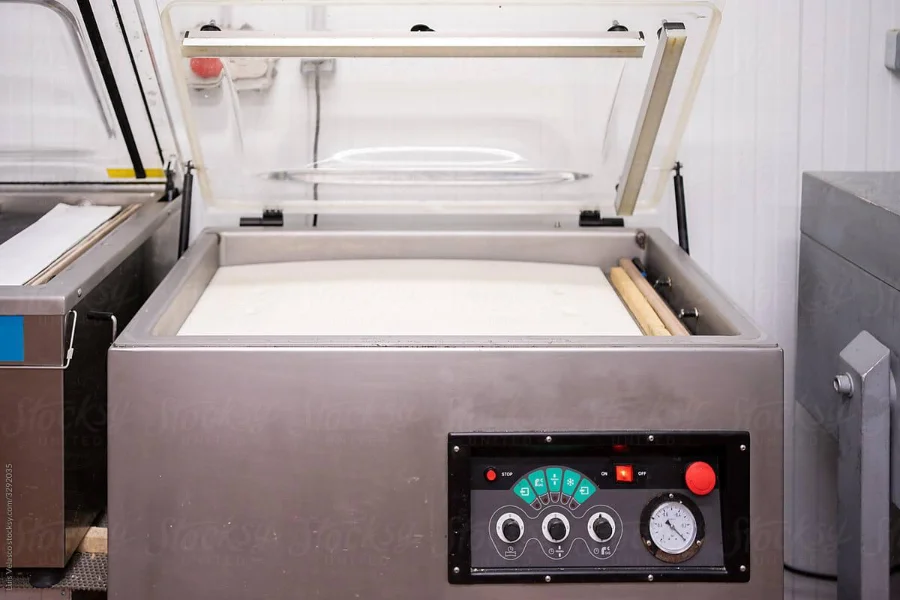
A chamber vacuum sealer is a vacuum sealing machine used to remove air from food packaging and seal it in a vacuum-tight bag. This process helps prolong food’s shelf life by reducing the amount of oxygen that can cause spoilage.
Chamber vacuum sealers work by creating a vacuum in the entire chamber rather than just the bag, allowing for more efficient air removal and a better seal. They are commonly used in commercial kitchens but are also available for home use.
They also seal non-food items like electronics, pharmaceuticals, and other products that must be protected from air and moisture.
Pros
- Efficient in large-scale production.
- Can handle both dry and moist products.
- Create stronger seals.
- Can package liquids.
Cons
- Expensive compared to other sealers.
- Large and take up more space.
- Difficult to clean and maintain.
External vacuum sealers
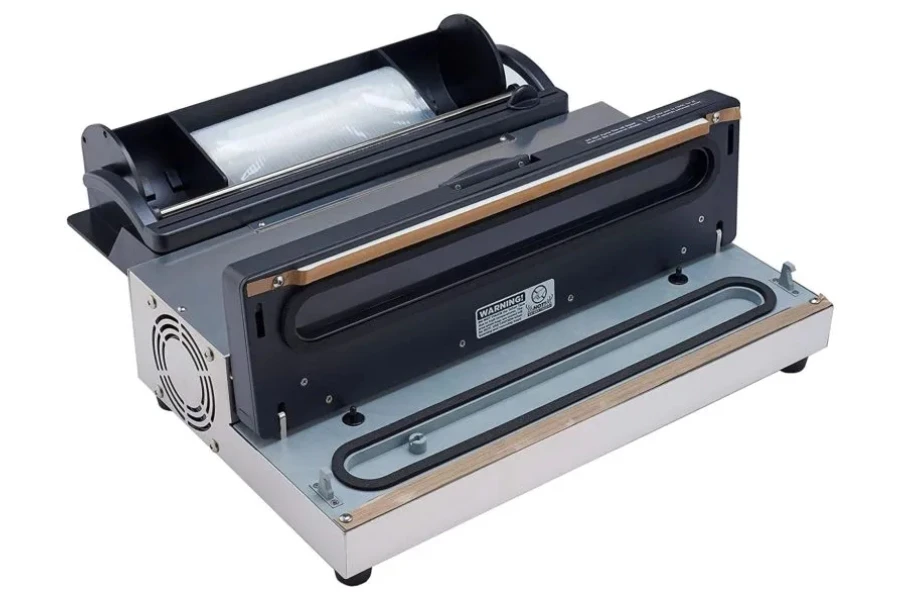
External vacuum sealers are devices used to remove air from food storage bags and seal them airtight. It helps to preserve the freshness of food by preventing oxidation and the growth of bacteria.
External vacuum sealers can be used for dry and moist foods, often used in commercial kitchens and by home cooks who want to store food for long periods.
They use a vacuum pump to remove the air from the bag and seal it to lock in the freshness. Some external vacuum sealers also have built-in cutters to allow users to create custom-sized bags.
Pros
- Increased product freshness.
- Longer product life.
- Saves space due to their small size.
- They are cheaper.
Cons
- External vacuum sealers are noisy.
- They require special bags.
- Limited to specific types of food.
Handheld vacuum sealers
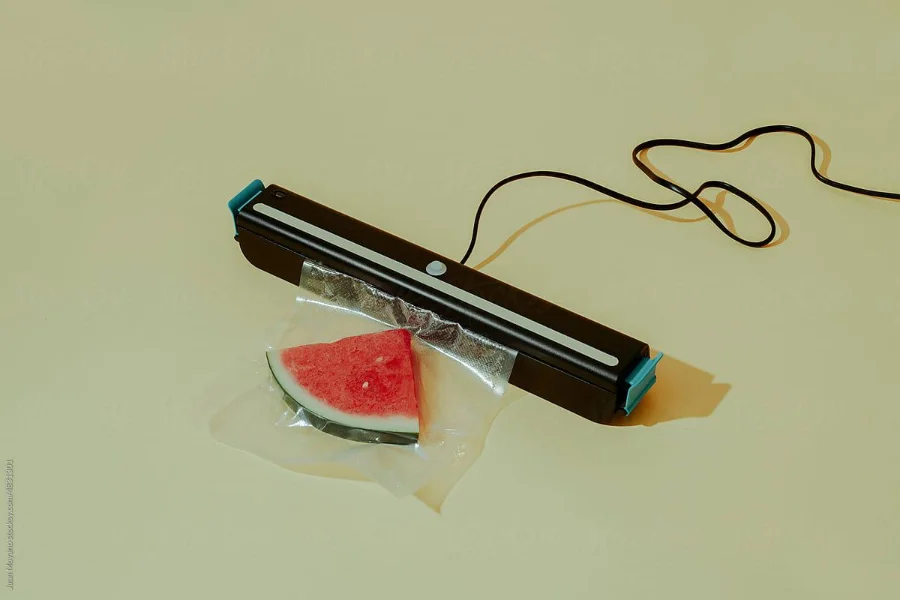
Handheld vacuum sealers are portable, battery-operated devices used to remove air from food storage bags and seal them airtight. They are smaller and more convenient than external vacuum sealers, as they can be easily stored and taken on the go.
They use a vacuum pump to remove the air from the bag and seal it to lock in the freshness. They are a good option for people who want to vacuum seal food occasionally and for those who have limited storage space.
Pros
- They are portable
- They are simple to operate and don’t require much skill or practice.
Cons
- Limited to small bags.
- Battery-dependent.
- Limited suction power.
How to select the right vacuum packing machine
Type of products to be packed/sealed
When choosing a vacuum packing machine, it is important to consider the type of products you will be vacuum sealing. Different products may require different types of vacuum packing machines or special features.
If you plan to vacuum seal fresh or frozen foods, look for a machine with a built-in marinate function. If you plan to seal soft or delicate products, look for a machine with a gentle vacuum setting. If you plan to vacuum seal large or bulky products, look for a machine with a wide sealing width or multiple sealing bars.
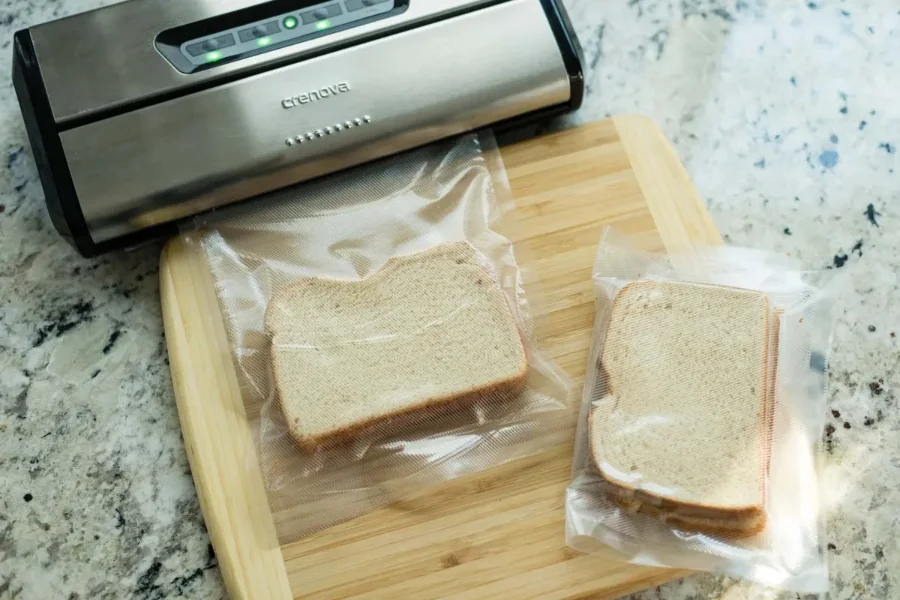
Type of the machine
Decide whether you need a handheld or an external vacuum sealer. Handheld vacuum sealers are portable and convenient for small-scale use, while external vacuum sealers are better for larger-scale or commercial use.
Size of bags
Consider the size of the bags you will be using with the machine. Some vacuum machines are compatible with only specific sizes of bags, while others have built-in cutters that allow you to create custom-sized bags.
For example, Foodsaver and Ziploc are the most popular bags measuring 4 to 10 mils. In the food industry, the most common sizes are 4 milse.
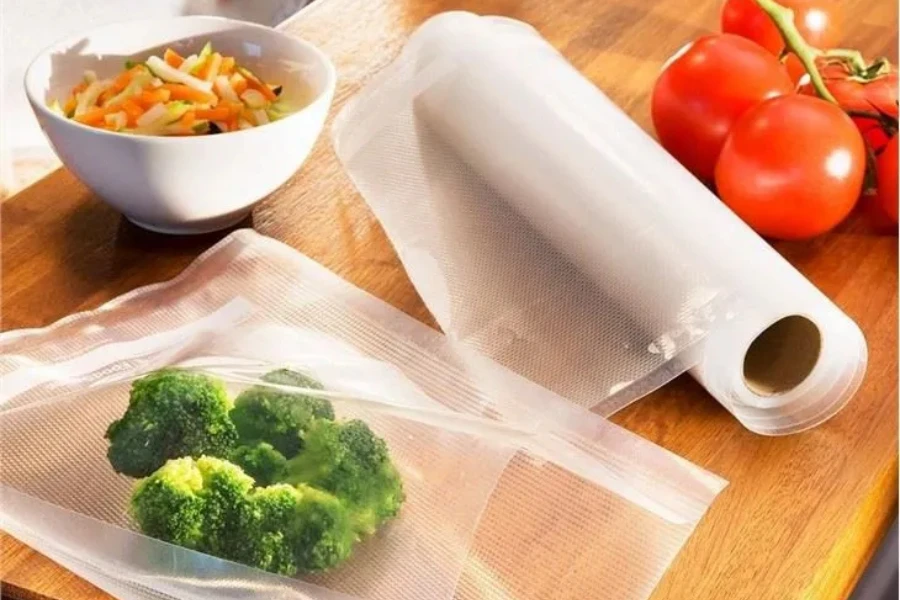
SmHibag and Hefty Shrink-Pak are suitable vacuum bags for clothes. Most common sizes range between 10 mils to 12 mils. A handheld sealing machine would be suitable for smaller sizes if the production is low.
Suction power
Look at the suction power of the machine. It will determine how effectively it can remove air from the bag and how well it can seal the bag.
The suction power of a vacuum packing machine is typically measured in units of flow rate, such as liters per minute (L/min) or cubic feet per minute (CFM). The exact suction power required for a particular application will depend on the size of the bag, the type of food being packed, and the desired vacuum level.
The suction power ranges from 28 to 29.5 in.-Hg or about 93% or 98% of the maximum value in Chamber vacuum sealers. Hand-held vacuum packing machines have a lower suction power ranging from 16-20 in.-Hg.
Company budget
Determine your budget for the machine and look for models that fit within your price range. A vacuum machine is a considerable investment; hence, you must consider making the investment to suit your business needs.
A fully automatic vacuum packing machine’s price range is between $3,500 to $4,150. Chamber vacuum sealers cost between $500-$1000. Hand-held vacuum packing machines are cheaper, starting at $5 and reaching a maximum of $20.
Sealing width and No. of sealing Bars
When choosing a vacuum packing machine, the sealing width and the number of sealing bars are important factors to consider. The sealing width refers to the width of the sealing element of the machine, which creates an airtight seal on the bag.
The number of sealing bars refers to the machine’s number of sealing elements. If you plan to vacuum seal large items, you’ll want a machine with a wide sealing width. If you plan to vacuum seal many items simultaneously, you’ll want a machine with multiple sealing bars.
Conclusion
No vacuum packing machine fits all products or industries. However, this guide will help you to select suitable vacuum packing machines to match your business needs. Visit Alibaba.com to explore a range of quality vacuum packing machines.

